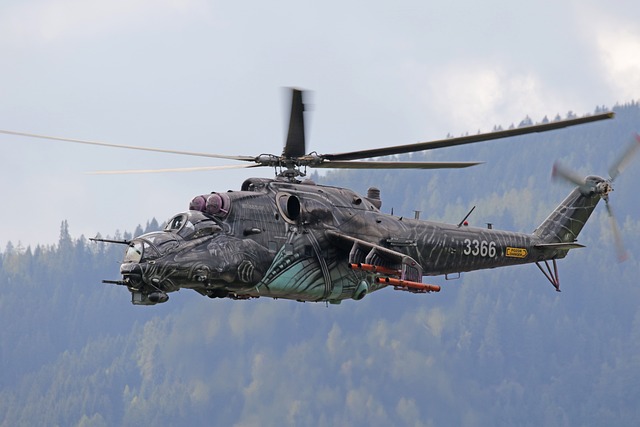Experience breathtaking landscapes from a bird's-eye view with a helicopter flight, offering immersive views, dynamic maneuvers, and access to inaccessible areas. Originating in the 1950s as a luxury experience, helicopter tourism has evolved into global commercial operations. Technological advancements have made flights safer and more comfortable. Rotory-wing helicopters excel in navigating tight spaces and exploring diverse landscapes, from natural wonders like the Grand Canyon to urban landmarks like New York's skyscrapers. Safety is paramount, with rigorous training and strict regulations ensuring secure flights for sightseeing enthusiasts. Global legal frameworks, such as those set by the FAA and EASA, govern helicopter operations, mandating specific training and adherence to protocols for safe navigation.
Experience the world from a unique vantage point with rotary-wing sightseeing—a captivating form of helicopter flight that offers unparalleled views. This article delves into the intricacies of this thrilling tourism sector, exploring its history, aircraft types, and popular destinations. We discuss the advantages, safety considerations, and legal frameworks governing helicopter flights, providing an all-encompassing guide to understanding and appreciating this remarkable travel experience. Discover the allure of rotary-wing sightseeing and why it’s becoming a global sensation.
- Understanding Rotary-Wing Sightseeing: A Unique Perspective
- The History and Evolution of Helicopter Tourism
- Types of Aircraft and Their Advantages
- Popular Destinations for Scenic Flights
- Safety Measures and Training for Operators
- Legal Frameworks and Regulatory Bodies in Helicopter Flight Operations
Understanding Rotary-Wing Sightseeing: A Unique Perspective
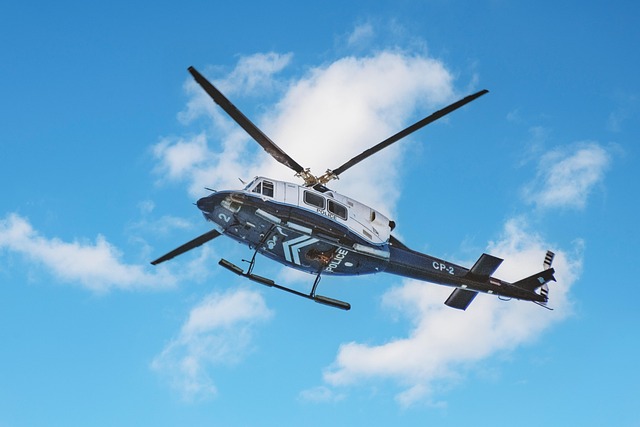
Rotary-wing sightseeing offers a unique and exhilarating way to experience breathtaking landscapes from a bird’s-eye view. This type of aerial tour involves traveling in a helicopter, a powerful rotary-wing aircraft designed for vertical take-off and landing. Unlike fixed-wing planes, helicopters can hover, fly backwards, and maneuver at low altitudes, providing tourists with an immersive and dynamic perspective of the surroundings.
With a window seat on a helicopter flight, passengers can witness stunning vistas that are often inaccessible from ground level. Whether it’s exploring urban landscapes, soaring over majestic mountains, or gliding above pristine coastlines, rotary-wing sightseeing offers a perspective that captures the essence of a location in a truly special way. This experience appeals to adventurers and nature enthusiasts alike, providing an unforgettable memory and a fresh outlook on familiar places.
The History and Evolution of Helicopter Tourism

Helicopter tourism, or rotary-wing sightseeing, has its roots in the mid-20th century when helicopters first started to be used for more than just military and rescue operations. The early 1950s saw the emergence of helicopter flights as a luxury experience, with wealthy individuals and celebrities catching glimpses of stunning landscapes from the air. This nascent form of tourism quickly gained traction, evolving from private ventures to commercial operations that offered unforgettable experiences to adventurous travelers.
Over time, helicopter flight technology advanced significantly, leading to safer, more comfortable, and longer-duration tours. Today, helicopter tourism is a global phenomenon, with operators offering breathtaking views of everything from towering mountains and pristine glaciers to sprawling cities and hidden valleys. The history and evolution of this industry reflect not only technological progress but also a growing appreciation for the beauty and accessibility that rotary-wing aircraft provide, making once-inaccessible landscapes readily available to those seeking unique travel experiences.
Types of Aircraft and Their Advantages
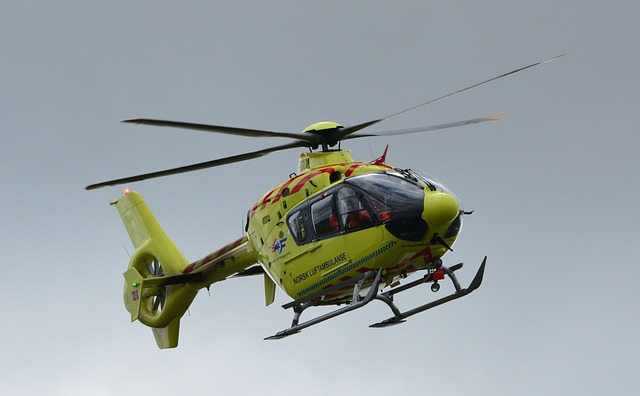
Rotary-wing sightseeing offers a unique perspective, with various aircraft types catering to different preferences and needs. Helicopters, the most common type for this purpose, provide a smooth ride and unparalleled maneuverability, allowing pilots to navigate through tight spaces and offer passengers stunning views from all angles. Their vertical take-off and landing capabilities make them ideal for exploring areas with limited access, such as mountainous regions or urban centers.
Other aircraft, like aeroplanes with observation windows or fixed-wing planes modified for sightseeing, have their advantages too. These craft often boast faster speeds and longer endurance, covering larger areas in less time. With advanced technologies, they can offer stable and comfortable flights, ensuring passengers get the most out of their aerial experience without compromising safety.
Popular Destinations for Scenic Flights
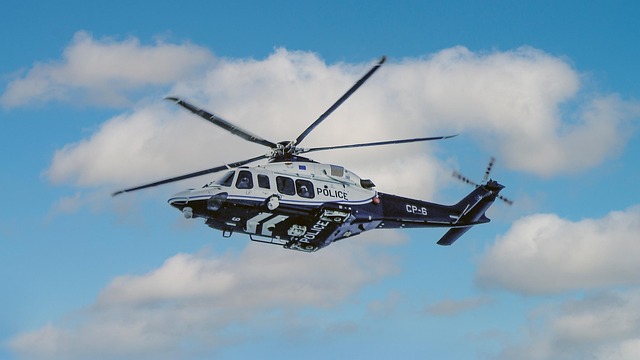
Some of the most popular destinations for scenic helicopter flights include national parks known for their breathtaking landscapes and diverse wildlife. The Grand Canyon in Arizona, USA, offers a bird’s-eye view of its vast expanse and colorful layers, while New Zealand’s South Island showcases majestic fjords, glaciers, and towering mountains. Japan’s Mount Fuji provides a stunning silhouette against the sky, especially during sunrise or sunset. In Australia, the Northern Territory’s Kakadu National Park features dramatic rock formations, lush waterfalls, and ancient Aboriginal rock art accessible only by helicopter. These locations offer unforgettable experiences for both local residents and tourists seeking an elevated perspective.
Additionally, urban centers with iconic landmarks are also popular choices. Tourists in cities like New York, Paris, or Rome often opt for helicopter flights to get a unique viewpoint of famous skyscrapers, historical monuments, and the city’s bustling streets from above. These flights provide a fresh perspective on familiar places and create lasting memories. Whether it’s exploring natural wonders or marveling at urban landscapes, helicopter flights cater to a wide range of interests, ensuring passengers can appreciate their beauty from an unparalleled vantage point.
Safety Measures and Training for Operators
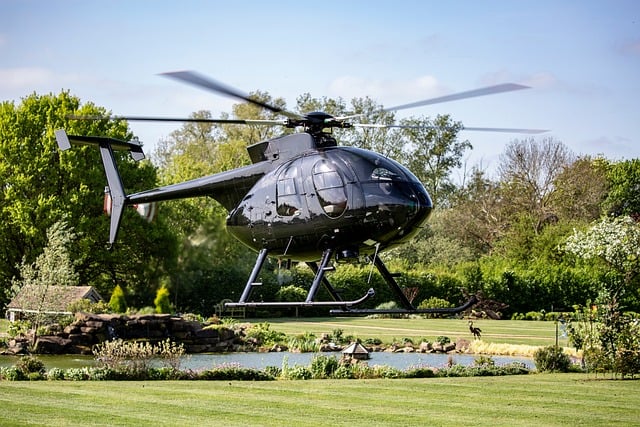
Safety is paramount in rotary-wing sightseeing, especially with passengers on board. Rigorous training and adherence to strict regulations are non-negotiable for operators. Before taking to the skies, pilots undergo comprehensive ground school education covering aviation theory, meteorology, navigation, and emergency procedures. This theoretical knowledge is then reinforced through hands-on flight training, where they learn to manoeuvre helicopters smoothly, perform checks, and manage various scenarios.
Additionally, regular maintenance and pre-flight inspections are crucial. Helicopters are subject to rigorous schedules, ensuring all components, from engines to rotor blades, function optimally. Operators must also be well-versed in weather monitoring, making informed decisions to avoid hazardous conditions. These safety measures, combined with experienced pilots, contribute to a secure and enjoyable helicopter flight for sightseeing enthusiasts.
Legal Frameworks and Regulatory Bodies in Helicopter Flight Operations
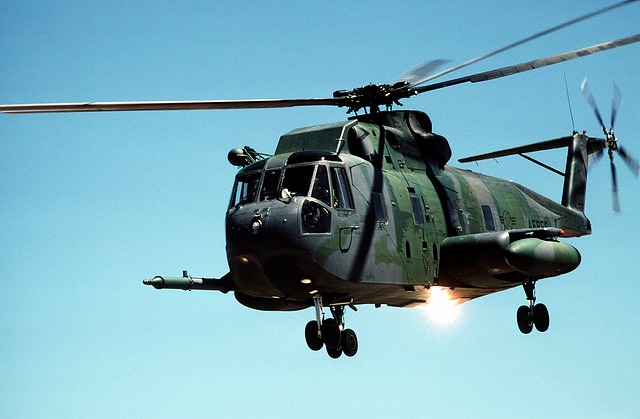
The legal frameworks governing helicopter flight operations vary significantly from one country to another, reflecting diverse aviation regulations and safety standards. Key regulatory bodies, such as the Federal Aviation Administration (FAA) in the United States or the European Union Aviation Safety Agency (EASA) in Europe, play pivotal roles in establishing and enforcing rules that ensure the safe and efficient operation of helicopters. These organizations set standards for aircraft design, pilot licensing, maintenance procedures, and flight planning to mitigate risks associated with helicopter flights.
Compliance with these regulations is mandatory for all helicopter operators, tour companies, and pilots. Strict adherence to safety protocols, including pre-flight inspections, weather monitoring, and navigation aids, is crucial in minimizing the risk of accidents. Additionally, regulatory bodies often mandate specific training programs and certifications for helicopter pilots, ensuring they possess the necessary skills and knowledge to navigate various terrains and weather conditions safely while providing sightseeing tours.
Rotary-wing sightseeing offers a captivating and unique way to explore our world, providing breathtaking aerial perspectives. From its humble beginnings, helicopter tourism has evolved into a thriving industry, attracting adventurous souls seeking unforgettable experiences. With various aircraft types available, each with distinct advantages, this activity continues to gain popularity worldwide. As safety remains paramount, strict regulations and operator training ensure that anyone can enjoy these scenic flights with peace of mind. The legal frameworks in place facilitate responsible helicopter flight operations, allowing us to marvel at Earth’s beauty from new heights while adhering to essential safety standards.
